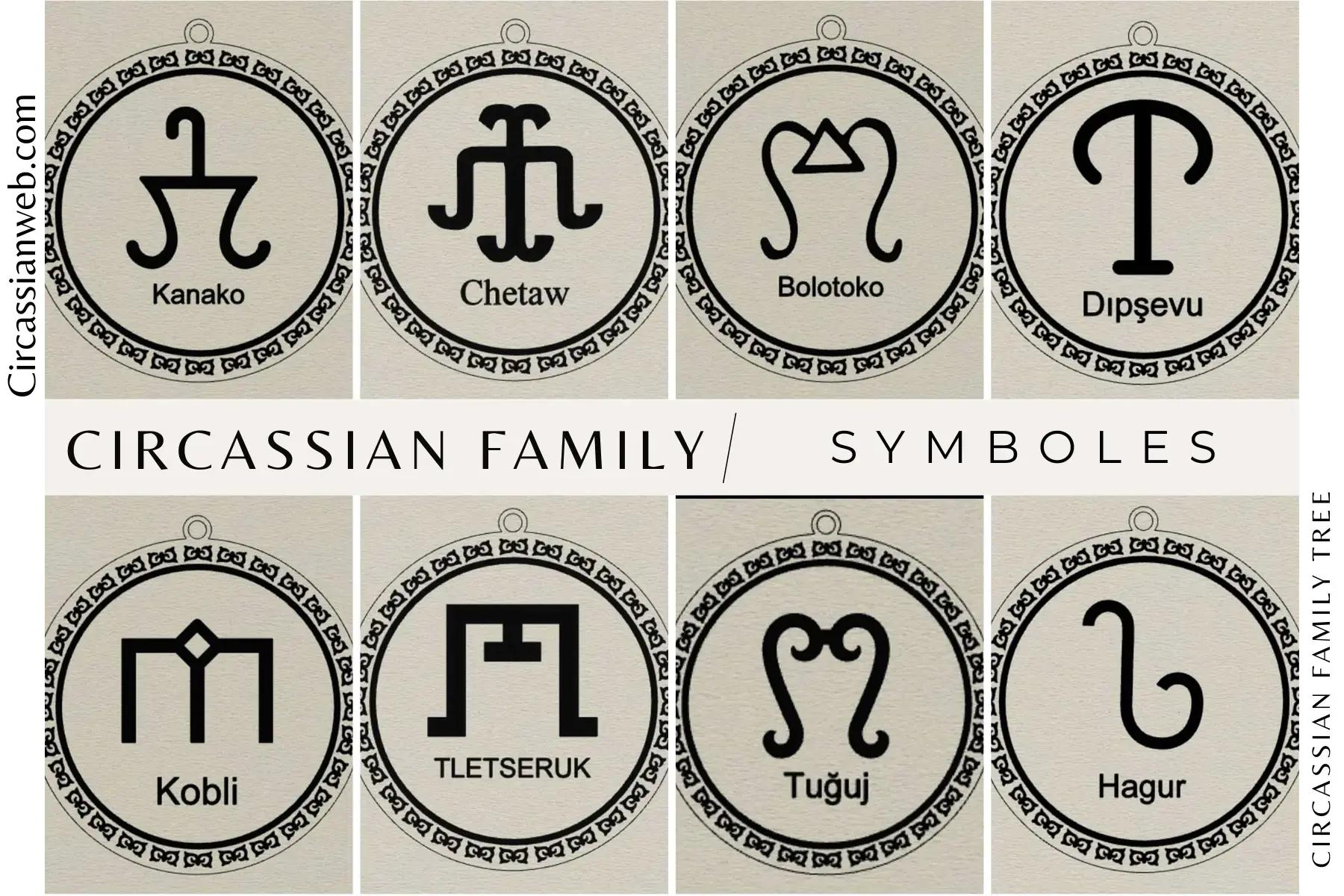Lezginka, Şeyh Şamil
Imam Shamil was born in 1797, in the small village (aul) of Gimry, which is in current-day Dagestan, Russia. He was originally named Ali, but following local tradition, his name was changed when he became ill. His father, Dengau, was a free landlord, and this position allowed Shamil and his close friend Ghazi Mollah to study many subjects including Arabic and logic. Shamil established himself as a well-respected and educated man of Quran and Sunnah among other Muslims of the Caucasus.
Shamil was born at a time when the Russian Empire was expanding into the territories of the Ottoman Empire and Persia (see Russo-Persian War (1804-1813) and Russo-Turkish War (1806--1812)). Following the Russian invasion, many Caucasian nations united in resistance to harsh Tsarist rule in what became known as the Caucasian War. Some of the earlier leaders of Caucasian resistance were Sheikh Mansur and Ghazi Mollah. Shamil was actually childhood friends with the Mollah, and would become his disciple and counsellor.
In 1832, Ghazi Mollah died at the battle of Gimry, and Shamil was one of only two Murids to escape, but he sustained severe wounds. He went into hiding and both Russians and Murids assumed him dead. Once recovered, he emerged out of hiding and rejoined the murids, led by the third Imam, Gamzat-bek. When the latter was murdered by Hadji Murad in 1834, Shamil took his place as the premier leader of the Caucasian resistance and the third Imam of the Caucasian Imamate. In 1839 (June--August), Shamil and his followers, numbering about 4000 men, women and children, found themselves under siege in their mountain stronghold of Akhoulgo, nestled in the bend of the Andee Koisou River, about ten miles east of Gimry. This epic siege of the war lasted eighty days, resulting finally in a Russian victory. The Russians suffered about 3000 casualties in taking the stronghold, while the rebels were almost entirely slaughtered after extremely bitter fighting where typical of the war, no quarter was either asked or given. Shamil and a small party of his closest followers, including some family miraculously managed to escape down the cliffs and through the Russian siege lines during the final days at Akhoulgo. Following his escape he once again set about regaining his following and resisting the Russian occupation. Shamil was effective at uniting the many, frequently quarreling, Caucasian tribes to fight against the Russians. He made effective use of guerrilla warfare tactics and the resistance continued under his leadership until 1859. On August 25, 1859 Shamil and his family, by agreement with the Russian Czar, were guests for some days. The emperor respected him much, and his Generals also gave due respect to the Imam.
After his capture, Shamil was sent to Saint Petersburg to meet the Emperor Alexander II. Afterwards he was exiled to Kaluga, then a small town near Moscow. After several years in Kaluga he complained to the authorities about the climate and in December, 1868 Shamil received permission to move to Kiev, a commercial center of the Empire's southwest. In Kiev he was afforded a mansion in Aleksandrovskaya Street. The Imperial authorities ordered the Kiev superintendent to keep Shamil under "strict but not overly burdensome surveillance" and allotted the city a significant sum for the needs of the exile. Shamil seemed to have liked his luxurious detainment, as well as the city; this is confirmed by the letters he sent from Kiev.
http://en.wikipedia.org/wiki/Imam_Shamil






















